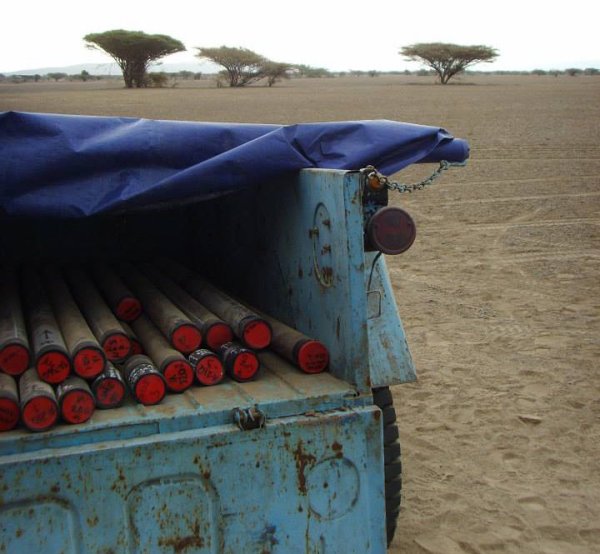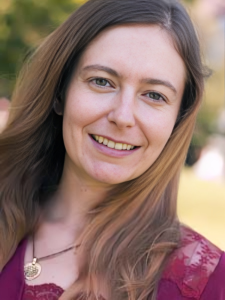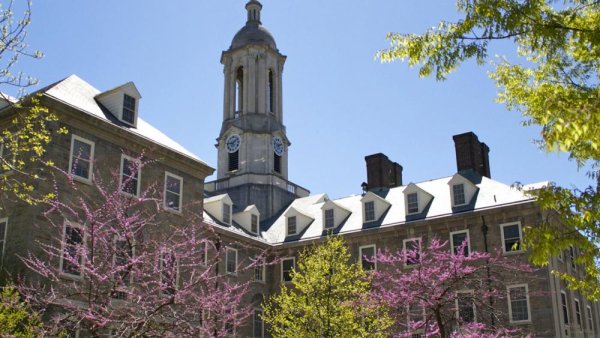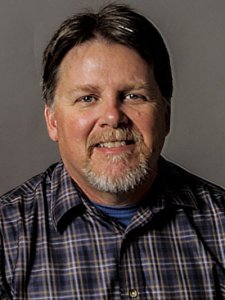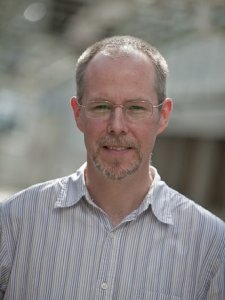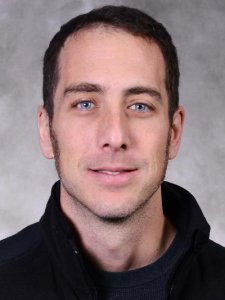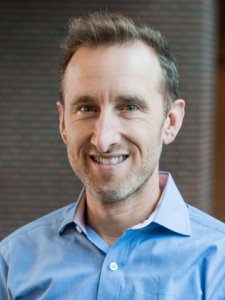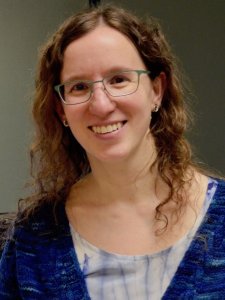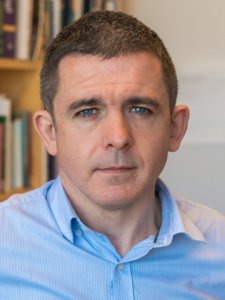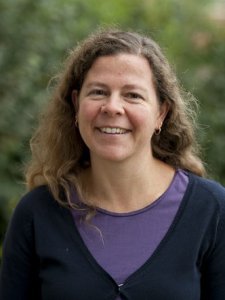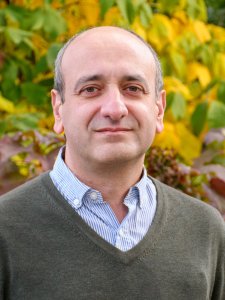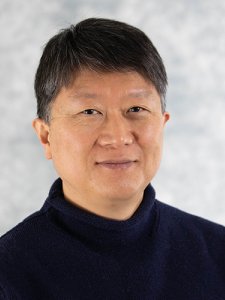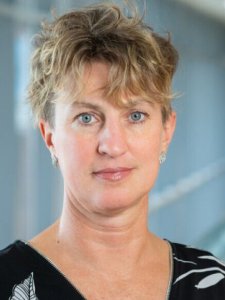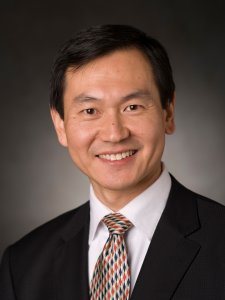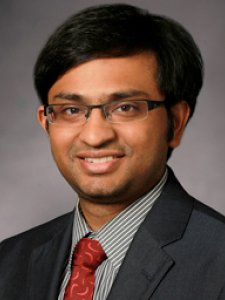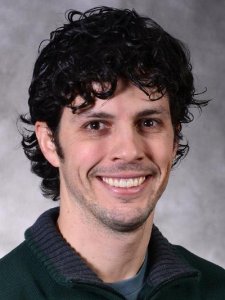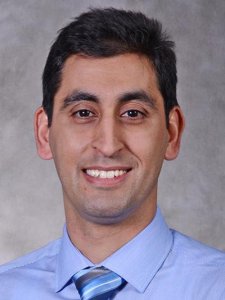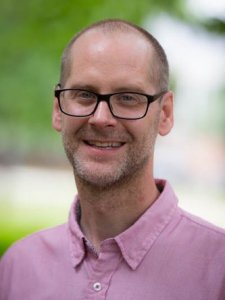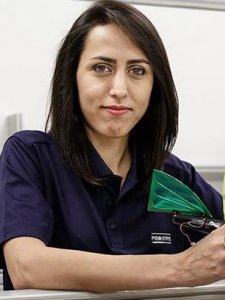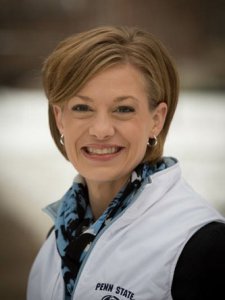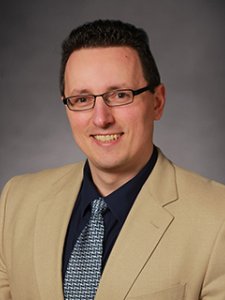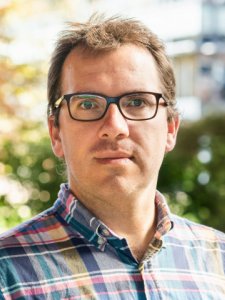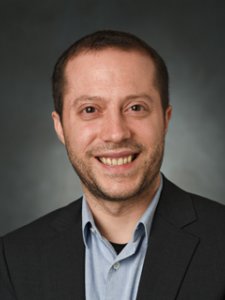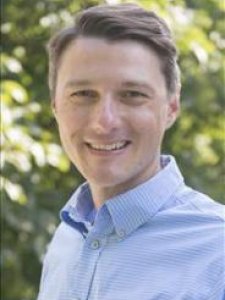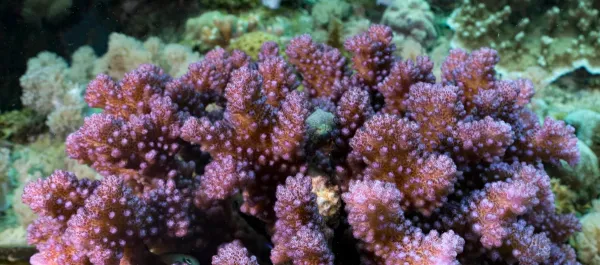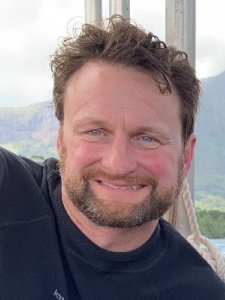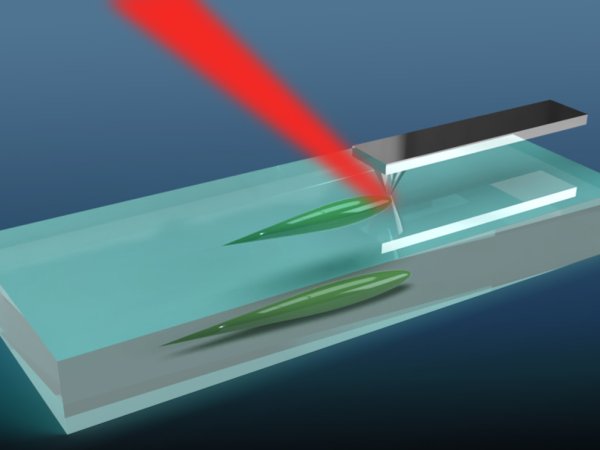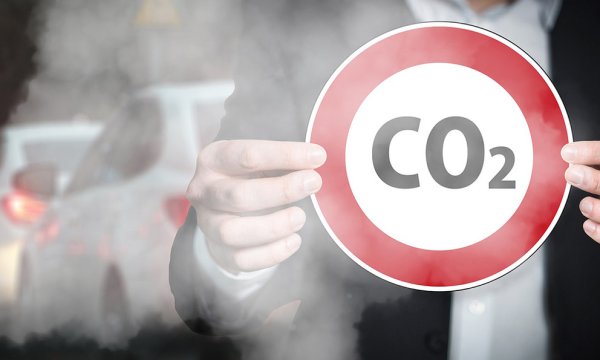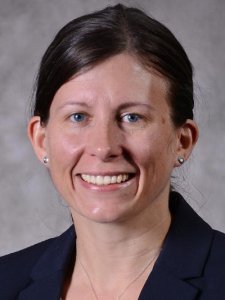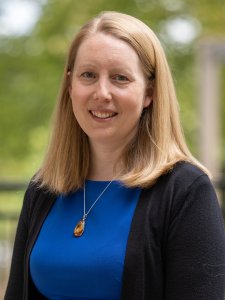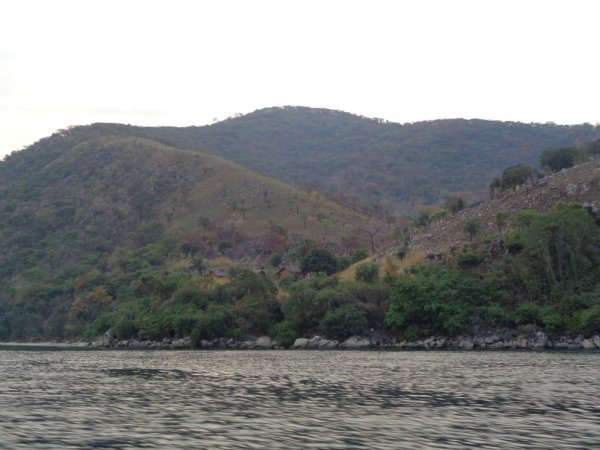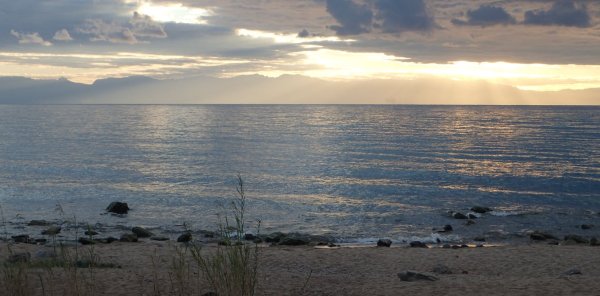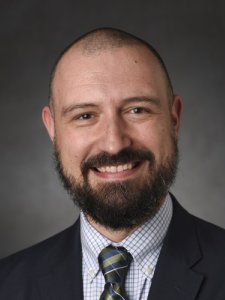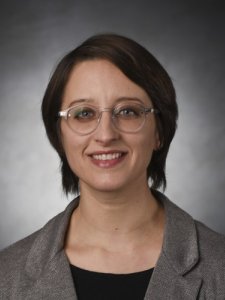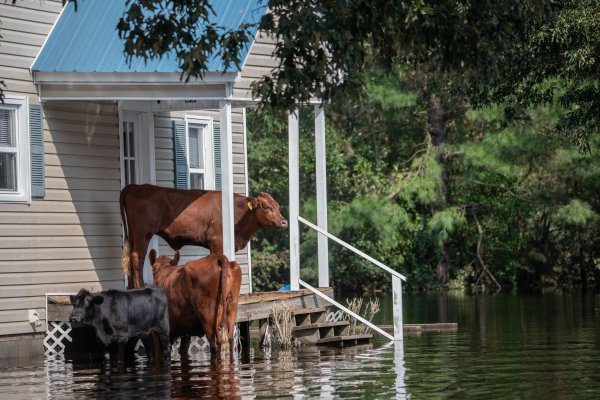Global pollen samples reveal vegetation rate of change
| news.psu.edu
Ancient pollen samples and a new statistical approach may shed light on the global rate of change of vegetation and eventually, how much climate change or humans played a part in altering landscapes, according to an international team of researchers.
Mentions
Penn State announces academic promotions, effective July 1, 2021
| psu.edu
The following is a list of academic promotions for tenured and tenure-line faculty members at Penn State, effective July 1.
Mentions
-
Aydin Alptekinoglu
 Aydin Alptekinoglu
Aydin Alptekinoglu -
Jacob Benfield
-
Charles Andrew Cole
-
Patrick Drohan
-
Matthew Fantle
-
Matthew Ferrari
-
Miriam Freedman
-
David Hughes
-
Margot Kaye
-
Armen Kemanian
-
Dongwon Lee
-
Jennifer Macalady
-
Jessica Myrick
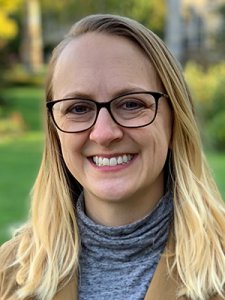 Jessica Myrick
Jessica Myrick -
Tong Qiu
 Tong QiuFormer Assistant Professor, Ecosystem Science and Management
Tong QiuFormer Assistant Professor, Ecosystem Science and Management -
Sairam V. Rudrabhatla
Professor of Biology, School of Science, Engineering & Technology (Harrisburg) -
Ming Xiao
-
Sukwon Choi
-
Saptarshi Das
-
Suvrat Dhanorkar
-
Roman Dibiase
-
Hamid Emami-Meybodi
Associate Professor, John and Willie Leone Department of Energy & Mineral Engineering (EME) -
Paul Esker
-
Azar Eslam Panah
Associate Professor of Mechanical Engineering, Division of Engineering, Business & Computing (Berks) -
Tara Felix
-
Marek Flaska
-
Weihua Guan
-
Jesse Lasky
-
Xiaojun "Lance" Lian
-
Kostas Papakonstantinou
-
Derrick Taff
-
Brian Thiede
Bringing the ecology and evolution of coral-dinoflagellate symbioses into high resolution
| microbiologycommunity.nature.com
Naming nature is necessary to generate and organize biological knowledge. With genetic data, identifying micro-eukaryote species is far less ambiguous now than it was just a few decades ago. Indeed, breakthroughs in reef coral research is improved with attention to the symbiont species.
Mentions
Artificial intelligence predicts river water quality with weather data
| news.psu.edu
A Penn-State led team developed an artificial intelligence model to forecast water quality in remote rivers and streams, which could lead to a better understanding of how rivers are reacting to human disturbances and climate change.
Mentions
Chemical engineering professor receives 3M Non-Tenured Faculty Award
| psu.edu
Hee Jeung Oh, assistant professor of chemical engineering at Penn State, recently received the 2021 Non-Tenured Faculty Award from industrial and consumer technology company 3M. She will receive $45,000 over three years to support her research.
Mentions
'Seeing' previously unseen nano-level glass damage
| news.psu.edu
An advanced form of spectroscopy has enabled a team of researchers to "see" nano-level imperfections in glass, a finding that could potentially lead to more durable, stronger glass.
Mentions
-
Seong Kim
Professor of Chemical Engineering and Materials Science and Engineering, Chemical Engineering -
Adri van Duin
'Getting to Negative: Strategies, Ethics and Co-benefits' webinar on May 19
| news.psu.edu
Increasingly aggressive strategies are needed to reduce current and future carbon emissions and proactively remove carbon-based heat-trapping gasses that have been emitted to date. A panel of experts will discuss this topic during the webinar “Getting to negative: strategies, ethics and co-benefits.” The virtual webinar will be held from 11:30 a.m. to 12:30 p.m. on May 19 and is free and open to the public.
Mentions
-
Bruce Logan
-
Tom Richard
-
Erica Smithwick
-
Jennifer Baka
Associate Professor and John T. Ryan, Jr. Faculty Fellow, College of Earth & Mineral Sciences -
Jacqueline O'Connor
Three selected as Administrative Fellows for 2021-22
| news.psu.edu
The Administrative Fellows Program offers Penn State faculty and staff the opportunity to work with senior University officers to gain knowledge and experiences pertaining to the challenges of leadership in the academic community. The Administrative Fellows for 2021-22 are Carrie Jackson, Erica Smithwick and Kristin Sykes.
Mentions
Landscape shows earliest effects of modern humans using fire to shape ecosystem
| news.psu.edu
New archaeological and paleoenvironmental evidence from Lake Malawi, Africa, shows that early modern humans used fire in a way that prevented regrowth of the region’s forests and created the sprawling bushland that exists today, according to researchers.
Mentions
Early humans used fire to permanently change the landscape tens of thousands of years ago in Stone Age Africa
| theconversation.com
Combining evidence from archaeology, geochronology and paleoenvironmental science, researchers identified how ancient humans by Lake Malawi were the first to substantially modify their environment.
Growing Impact: Wind energy's dirty secret
Stephen Chmely and Chris Costello discuss how wind energy has a dirty secret surrounding the wind turbine blades and their disposal. The research team is exploring materials to reduce the waste associated with the blades.
Seed Grant Projects
Homes in flood-prone areas should be getting cheaper. They're not.
| popsci.com
The cost of insurance for houses on floodplains should make them cheaper, but instead they cost the same. Here's why.
Mentions

